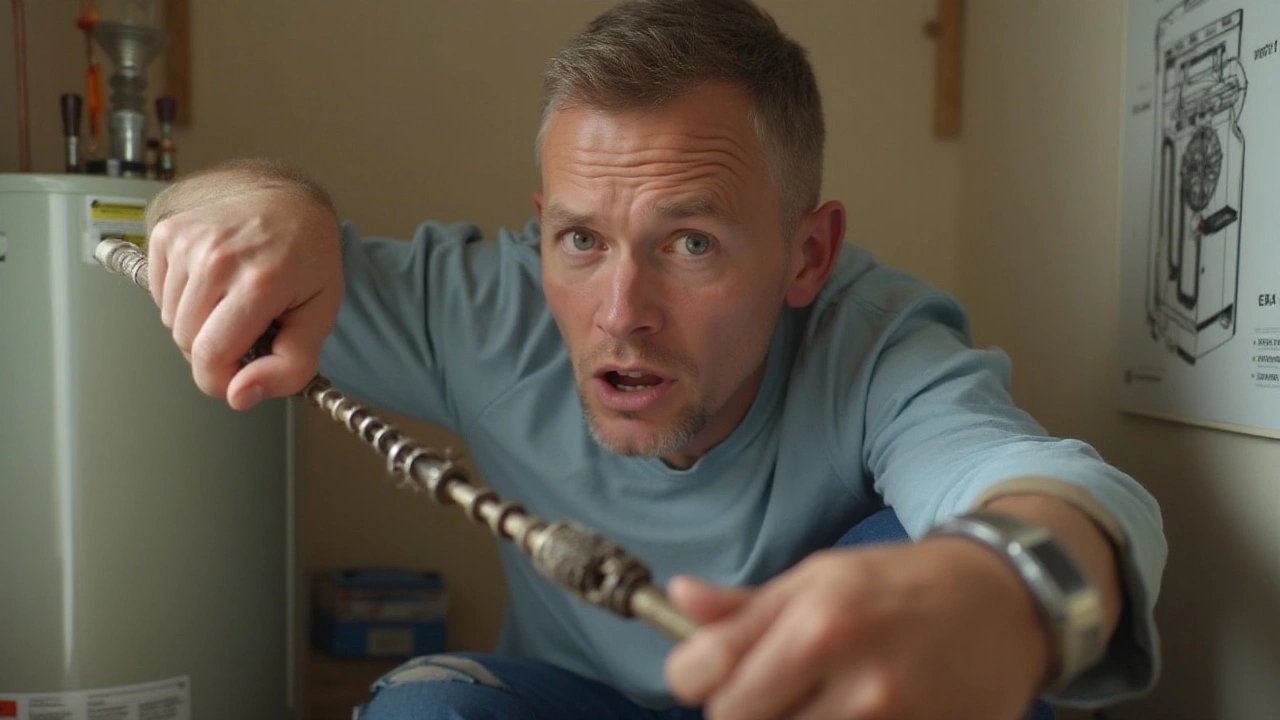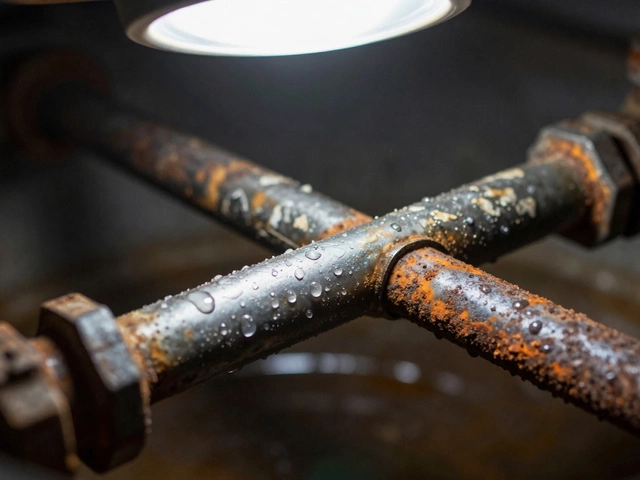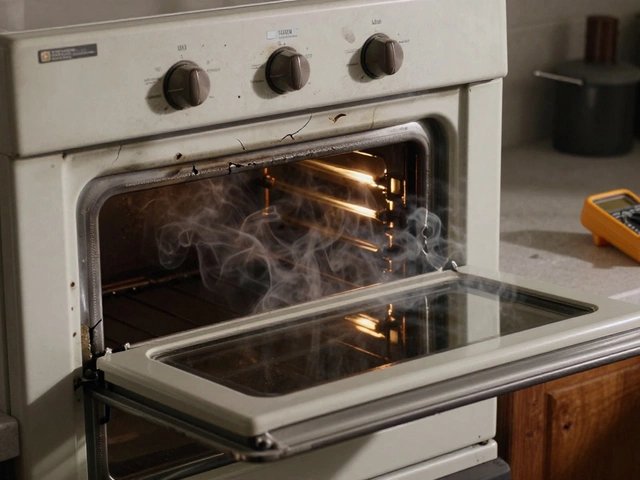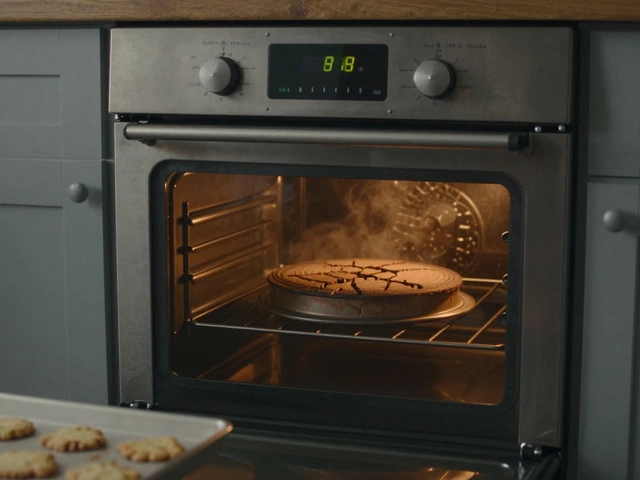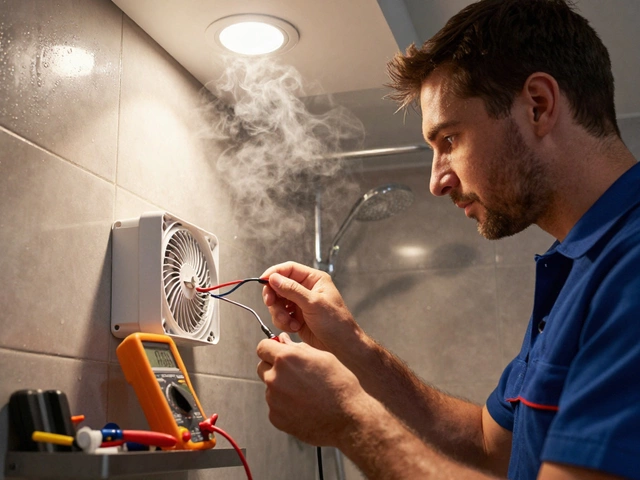Everything You Need to Know About Anode Rods
If you own a water heater, you’ve probably heard the term “anode rod” but weren’t sure what it actually does. In short, it’s a metal stick inside the tank that stops the water heater from rusting. Think of it as a sacrificial lamb – it corrodes first so the tank stays safe. Without it, the inner steel can eat away, leading to leaks and costly repairs.
How to Inspect Your Anode Rod
Checking the rod isn’t rocket science. Most tanks have a hex‑head plug on top or side. Grab a 1½‑inch socket, turn the heater off, shut the gas or electric power, and open the plug. Pull the rod out – if it’s mostly metal with a little wear, you’re good. If it’s more than 6 inches long or looks pitted and crumbly, it’s time for a new one. A quick visual check once a year can save you from a surprise burst pipe.
Look for these red flags: a short rod, a lot of white crust (that's calcium build‑up), or a strong metallic smell. Any of those mean the rod has given up its job.
Replacing the Anode Rod – Step by Step
Replacing the rod takes about 30‑45 minutes and a few basic tools. First, turn off the water supply and let the tank cool – hot water can scorch you. Drain a few gallons from the bottom valve so the tank isn’t full of water. Then, using the same socket, unscrew the old rod and pull it out.
Match the new rod to your heater’s size – most are 33 or 50 inches long and come in magnesium, aluminum, or zinc. Magnesium works best for hot water, while aluminum is cheaper but less effective in soft water. Screw the new rod in until it’s snug, but don’t over‑tighten; you might strip the threads.
Close the drain valve, refill the tank, turn the power or gas back on, and let the heater fire up. You should hear a gentle hiss as the new rod starts doing its job. Keep an eye on the tank for the first few days – if you hear strange noises or see leaks, double‑check the installation.
If you’re not comfortable working with electricity or gas, call a local pro. It’s a quick job for a qualified technician and worth the peace of mind.
Bottom line: anode rods are cheap, last a few years, and protect your biggest home investment – the water heater. Regular inspection and timely replacement keep your hot water flowing and your wallet happy.
7 November 2024
·
0 Comments
Discovering when your water heater's anode rod is failing can save you from costly repairs. This article delves into recognizing symptoms of a bad anode rod, its role in preventing tank corrosion, and practical tips on checking and replacing it. Learn how timely maintenance extends the life of your appliance and ensures consistent hot water supply. A must-read for homeowners looking to preserve their water heaters efficiently.
Read more

